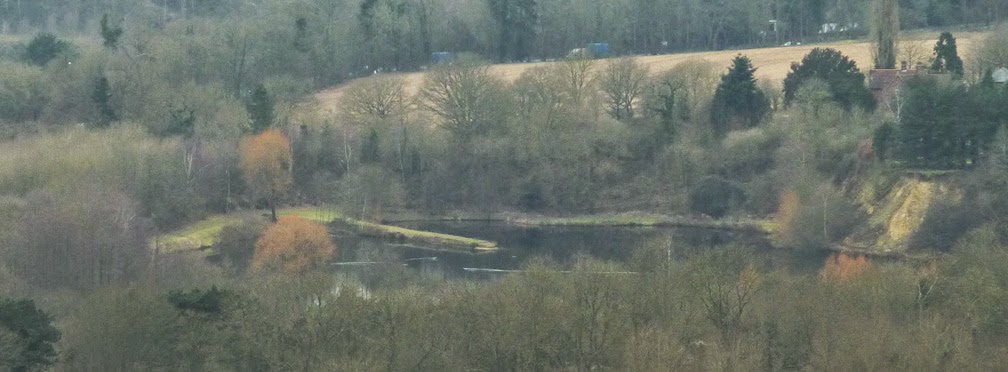Pan-fighting
The 'pan-species-listing family' has had a big argument, a trial separation and gone through a messy divorce all in the space of 48 hours - and I thought that it was only birders that squabbled and fell out! Without naming names and reasons, a public spat on the Facebook Group page has led to the FB group being disbanded, then started up again by the two warring factions - so we now have two different places on which to post, natter and share. One is called 'pan-species recording' and the other 'pan-species listing'. Confused? Well, just to confuse us even more, as I type this post there has been a name change. The 'recording' group is now called the 'Biological recording in the British Isles' group. I am a member of both, not wanting to take sides or get involved with the internal politics. My willingness to get involved in such shenanigans has been whittled away down the years and I know to my own cost that these situations are rarely fully








